Ninomiya is a Japanese family name.
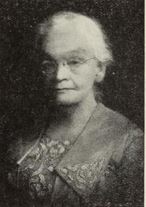
Clara Adra Converse was an American educator and missionary who joined the Woman’s Baptist Foreign Missionary Society and became a pioneer educator in Japan. After earning her credentials at the Vermont Academy and Smith College, Converse moved to Yokohama where she was influential in establishing girl's education. In addition to directing the Soshin Jo-Gakko for thirty-five years, she established several kindergartens. Her work to improve education for women in Japan was recognized by the Blue Ribbon Medal of Honor in 1929.

Eleanor Gertrude Gogin was an American educator, and a national secretary of the YWCA, in charge of the organization's programming for girls and young women from 1918 to 1927.
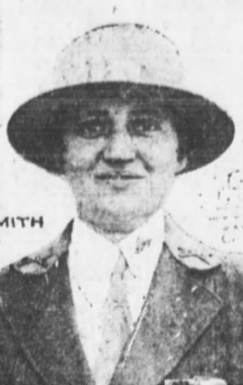
Mary Noel Arrowsmith was an American educator who was awarded a Croix de Guerre for her work with YMCA in France during World War I. Later she was active in promoting safety education and in the peace movement. She also served on the national staff of the YWCA.
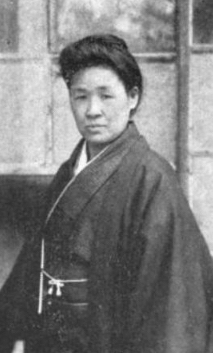
Michi Matsuda also written as Matsuda Michi) was a Japanese educator, head of the Doshisha Women's College from 1922 to 1933.
Adelaide Smith was an American mathematician who studied with David Hilbert at the University of Göttingen, traveled to South Africa to teach at the only women's college south of the equator, and wrote two books about her experiences there. Her appointment as a mathematics instructor at the University of California, Berkeley was reported nationally. In later life she became the principal of a school for girls, the second oldest in California.

Sophie Chantal Hart was an American professor of English composition and head of the English department at Wellesley College from 1906 to 1936.

Yukiko Maki, born Yukiko Domoto, was a Japanese educator. In 1976 she was awarded the Order of the Sacred Treasure, Fourth Class, for her work in international exchange.

Harriet Redfield Cobb was an American mathematics educator, a professor at Smith College from 1895 to 1931.
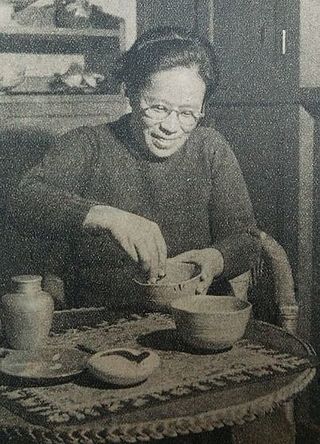
Taki Fujita (藤田たき) was a Japanese educator and activist for women's rights. Fujita was president of Tsuda College from 1962 to 1972.
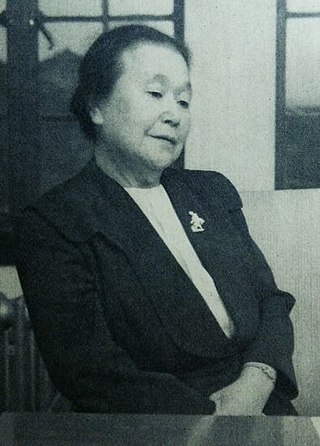
Tamaki Uemura (植村環) was a YWCA executive, pacifist, and Christian pastor in Japan.

Zung Wei-tsung or Cheng Wanzhen (程婉珍), known after 1926 as Mrs. Chiu, was a Chinese social worker, educator, and journalist in the 1920s. She was interested in child labor and women workers, and involved in leadership of the YWCA at the international level.

Dorothy Carolin Bacon was an American economist and college professor. She was an economics professor at Smith College for over thirty years, beginning in 1927, and worked for various federal agencies during her career. She was a Fulbright Scholar in 1956 and 1957, studying credit institutions in the Philippines.
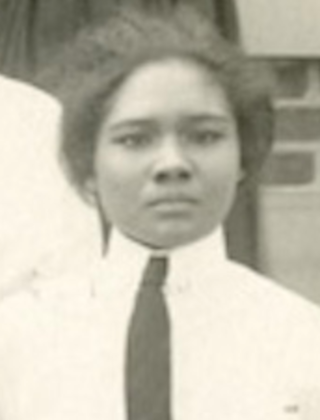
Frederica Chase Dodd was an American educator, social worker, and clubwoman, one of the founders of Delta Sigma Theta.

Adaline Emerson Thompson was an American benefactor, and educational worker and reformer. She served as president of the College Settlements Association.

Hazel Alberta Colclaser was an American aviation lawyer and foreign service officer. She was also involved in early efforts to shape space law.
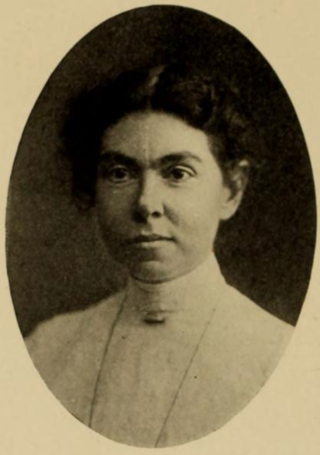
Alice Weld Tallant was an American physician and medical school professor. When her employment as a professor of obstetrics was terminated at the Woman's Medical College of Pennsylvania, it sparked the "Tallant Affair", in which students staged a strike and several colleagues resigned their positions in protest.

Elizabeth Kemper Adams was an American psychologist and historian of education. She was a professor of philosophy and first head of the education department at Smith College from 1911 to 1916. In the 1920s, she was national educational secretary of the Girl Scouts of the USA.

Florence E. Purington was an American college administrator and mathematics professor. She was the first dean of Mount Holyoke College, holding that office from 1907 to 1929.
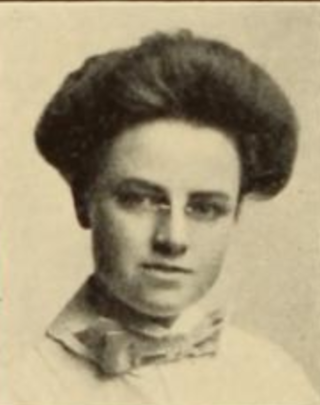
Azalia Emma Peet was an American missionary educator in Japan. During World War II, she was a "lone dissenter", "one of the very few white Americans" to speak out against the incarceration of Japanese Americans. She taught students are internment camps in Idaho and Oregon.


















